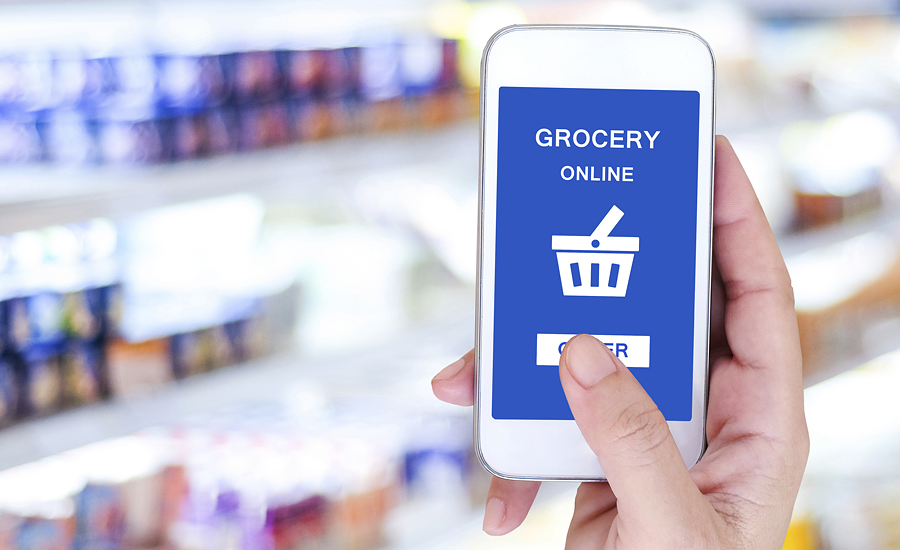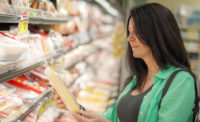Valassis, Livonia, Mich., released findings from its newest research report, “Unpacking the Dynamic Online Shopper: Grocery & Retail,” which highlights modern grocery consumers’ behaviors and habits, as well as ways in which brands and retailers can attract them.
According to a study produced by Food Marketing Institute (FMI), Arlington, Va., and Nielsen, Chicago, annual online grocery spend is expected to hit $100 billion by 2022 – or $850 per U.S. household – and 70% of consumers may be routinely buying consumer packaged goods (CPG) online in 5-7 years. With the food and grocery industries following a similar e-commerce path as traditional retail, grocery retailers and brands must adapt to changing shopper preferences, which prominently include the desire for an omnichannel experience. This research indicated that currently 72% of consumers who shop for groceries online say most of their purchases are still made in-store, but they don’t confine themselves to one online approach. In fact, more than one-third of online grocery shoppers use multiple methods.
In terms of online grocery shopping, 32% of consumers have done so in the past year (rising to 48% among Amazon Prime members), and they’re leveraging a variety of ways to grab these items, including store pickup and delivery. From a demographic standpoint, nearly half of consumers (48%) living in an urban area have ordered groceries online, while 25% and 19% of respondents living in suburban or rural regions have done so, respectively.
“Grocery shopping has often been viewed as a chore, meaning consumers will spend hours planning lists and meals, clipping coupons and actually purchasing items. However, retailers and brands are working quickly to improve the experience and make the process more streamlined through e-commerce optimization,” says Julie Companey, director of grocery marketing, Valassis. “Those who create the right omnichannel promotional campaigns can gain a leg up and engage consumers while they are in the planning phase.”
When planning their online orders, consumers turn to both online and offline channels. Among online grocery shoppers, 40% look at online coupons from the store; 33% read print store circulars at home; and another 33% leverage email deals from stores and/or delivery services. Additionally, grocery shoppers are creatures of habit, with 33% selecting exact items from past online shopping lists. This number rises to 38% among those who leverage delivery services, but can be influenced to buy an impulse item.
Related takeaways from the report include:
-
Planned and impulse purchases are driven by omnichannel and personalized advertisements.
- After seeing an advertisement both in print and online, 61% of online grocery shoppers are more likely to buy an item.
- Nearly two-thirds set out looking for a particular brand when grocery shopping online.
- 50% of online grocery shoppers are more likely to make an impulse purchase when shopping online vs. in-store.
- Grocery shoppers are brand-conscious and category-oriented.
The study also found that among online grocery shoppers, 41% seek faster, cheaper shipping options, as well as better discounts and deals, while 33% would like to be able to apply coupons to their order (68% cite the inability to do so online as a point of frustration). Additionally, coupons are key for retailers hoping to lure customers away from their current store or service, with nearly 30% of respondents saying they’d switch based on these offers.



